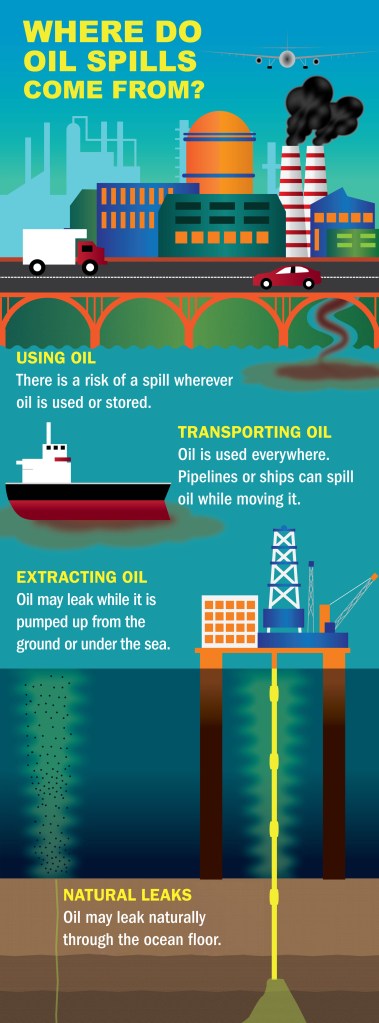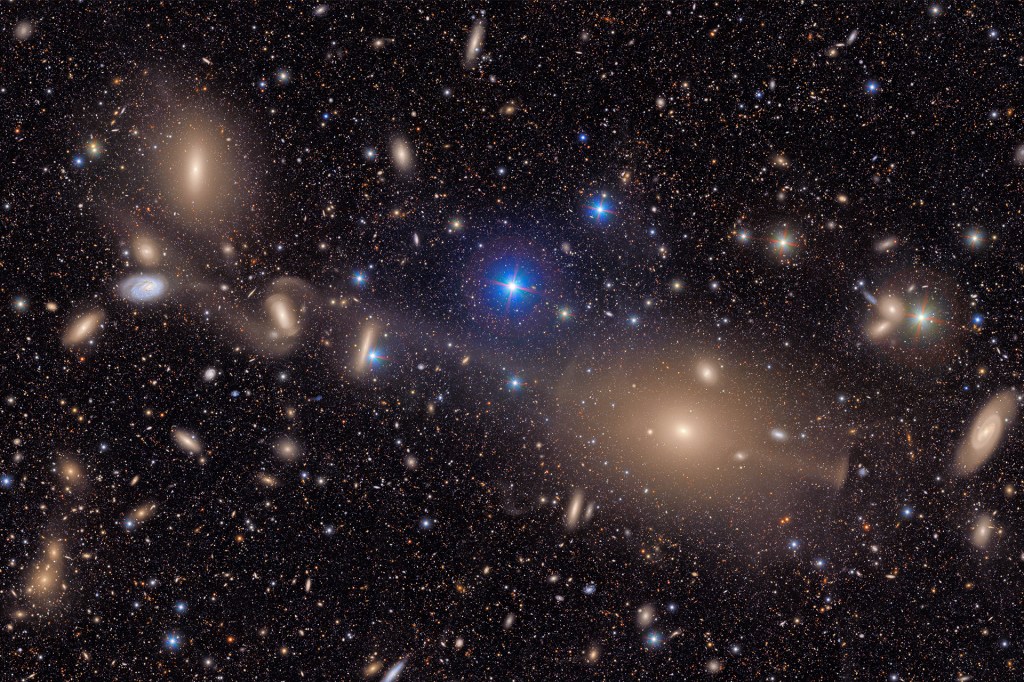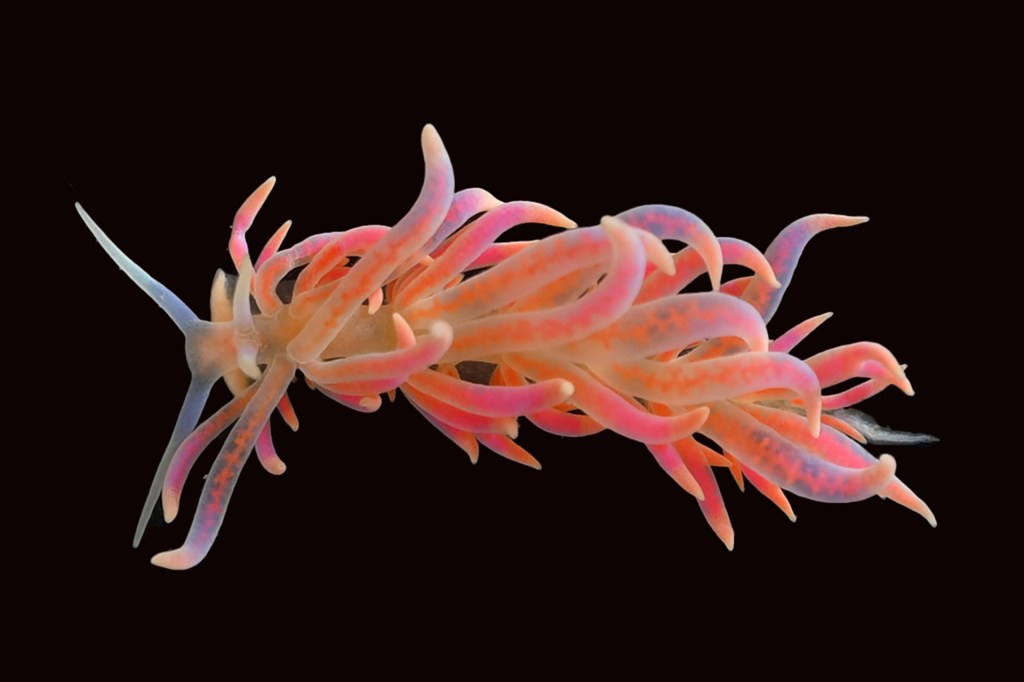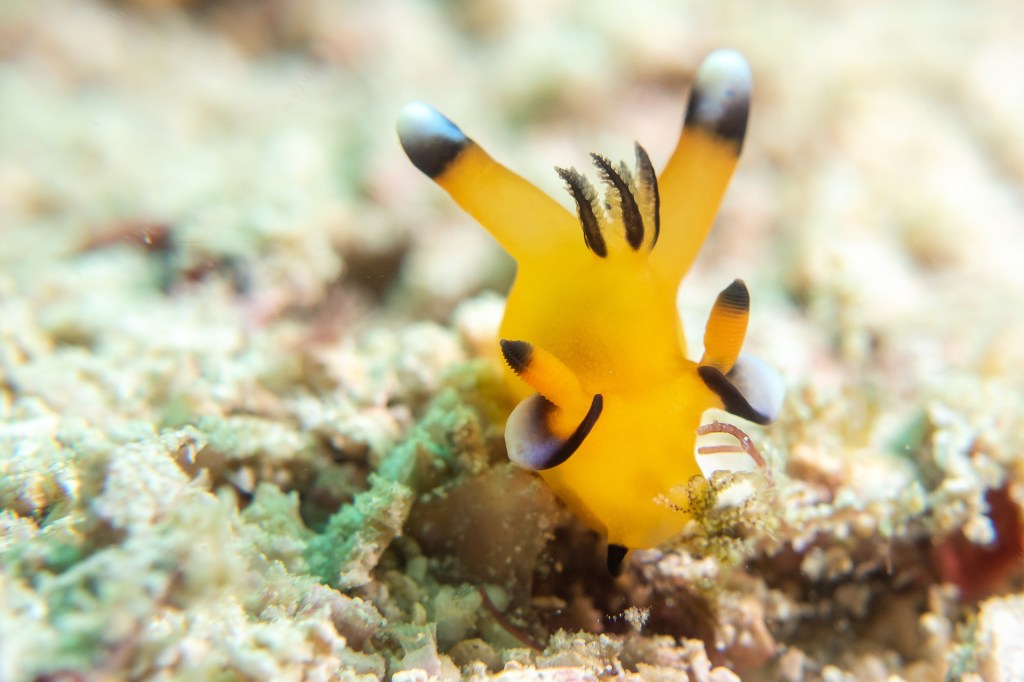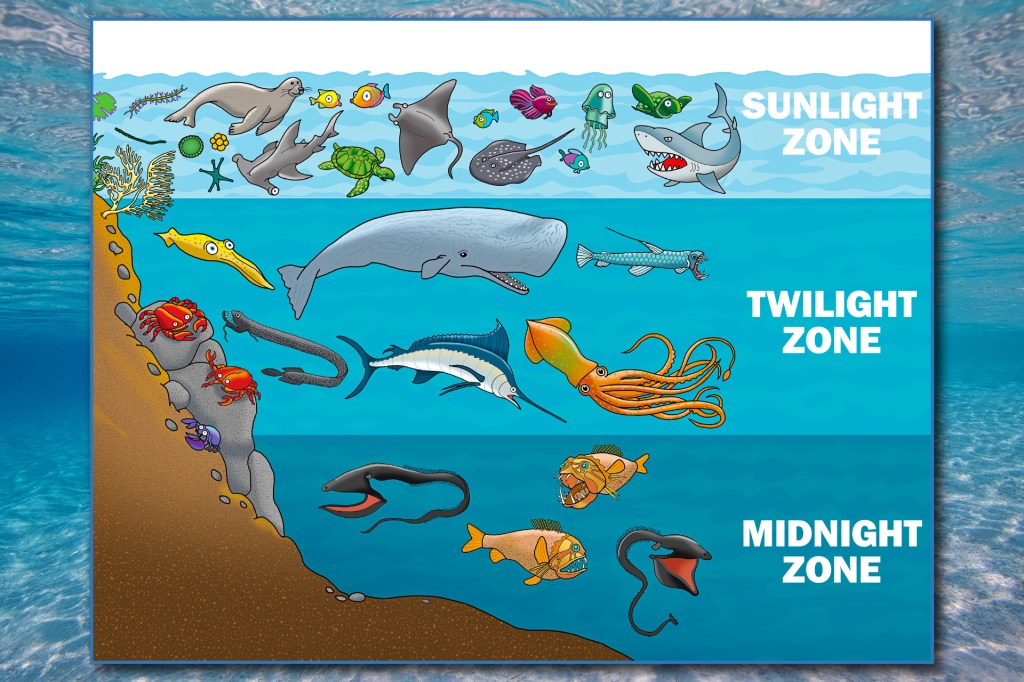A Big Spill
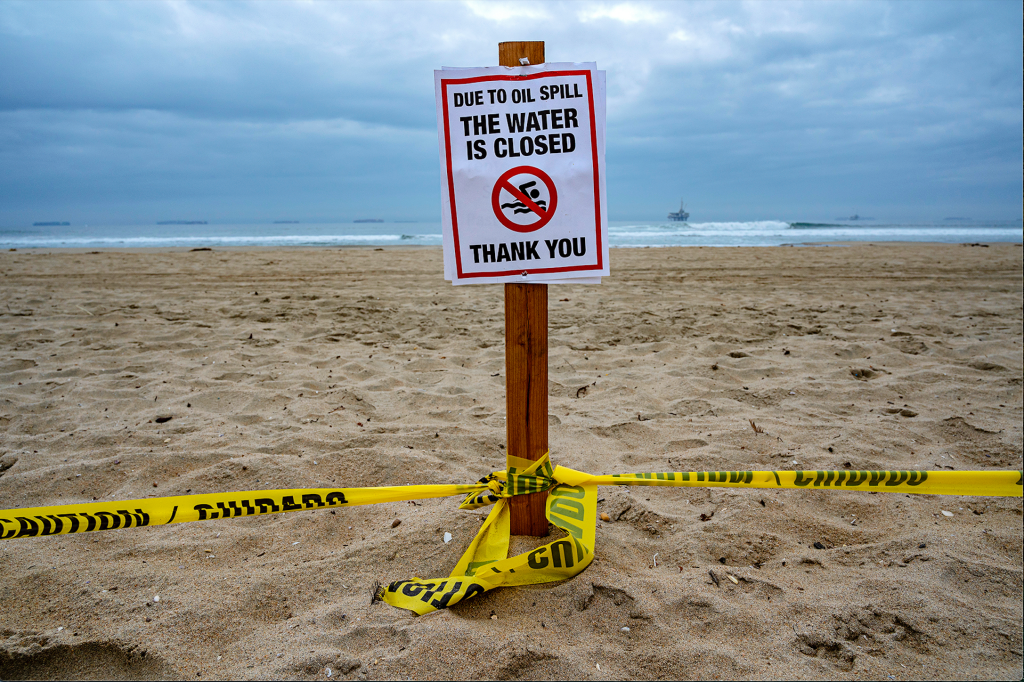
In October, an underwater pipe leaked. Oil poured into the Pacific Ocean. This happened near Huntington Beach, California. Oil covered the water for miles. Some of it washed up onshore. Beaches were closed. Unfortunately, oil spills are not uncommon. When they happen, they can cause a lot of damage.
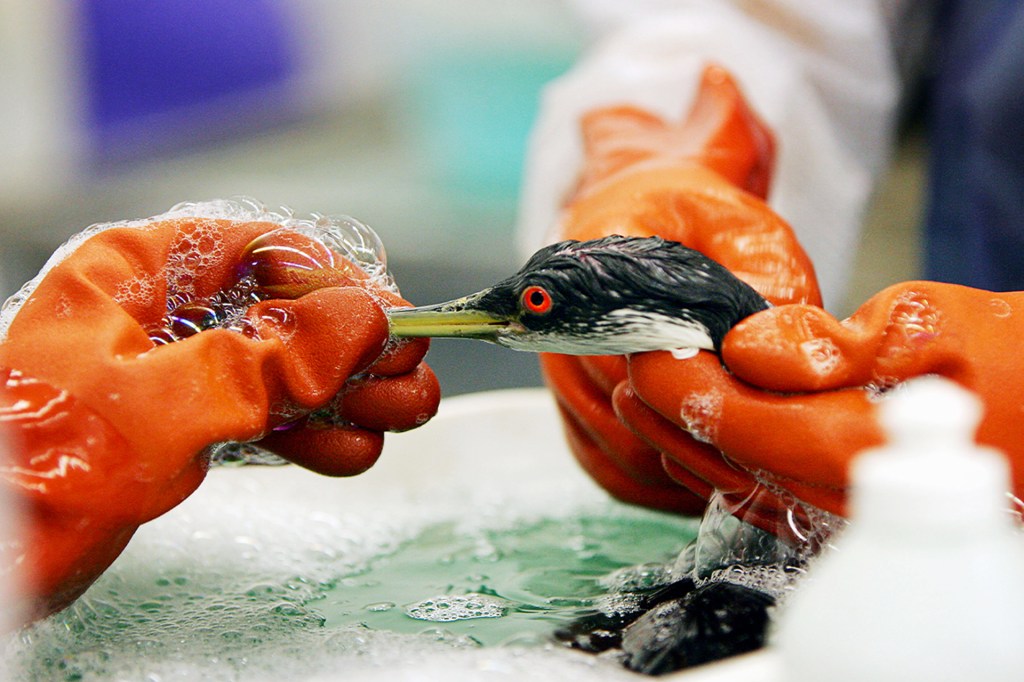
Volunteers wash a bird that was affected by an oil spill.
David McNew—Getty Images
How Oil Spills Happen
Oil is a fossil fuel. It’s used in gasoline. That powers boats, cars, and trucks. It’s also used to make things. Some plastics, paints, and makeups are made with oil.
Oil can be found below the ocean floor. Machines drill beneath the ocean. Then the oil is pumped out. This is called extraction. It’s one way oil can accidentally leak. Oil spills can also be caused by transporting, or moving, oil. (See “Where Do Oil Spills Come From?”)

Workers in Huntington Beach, California, mop up oil from the water.
Paul Bersebach—MediaNews Group/Orange County Register/Getty ImagesImpacting the Environment
In the United States, thousands of oil spills happen each year. It can take years to clean up after a large spill. But even small leaks and spills can cause damage.
Oil spills can have long-lasting effects. They hurt wildlife. Birds get oil on their feathers. They can’t fly. Sea otters get oil in their fur. This makes it hard for them to stay warm. Oil creates toxic fumes. This makes it hard for whales to breathe.

A cleanup crew removes sand and seaweed that have been covered in oil.
Mario Tama—Getty ImagesKim Carr is on the Huntington Beach city council. Her community was affected by the oil spill. After it happened, she said, “We are doing everything in our power to protect the health and safety of our residents, our visitors, and our natural habitats.”
